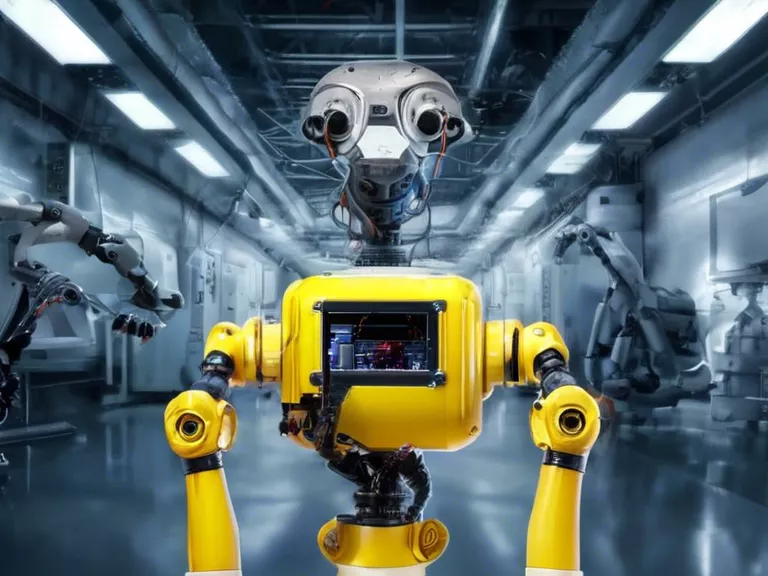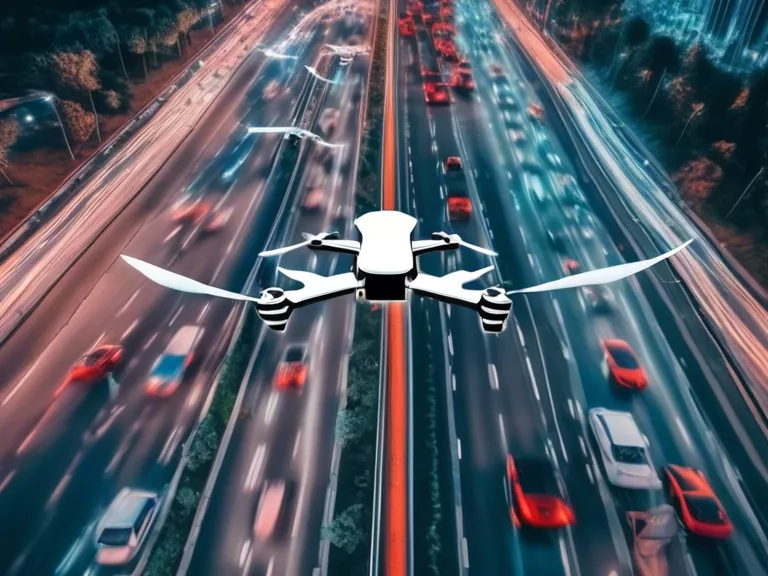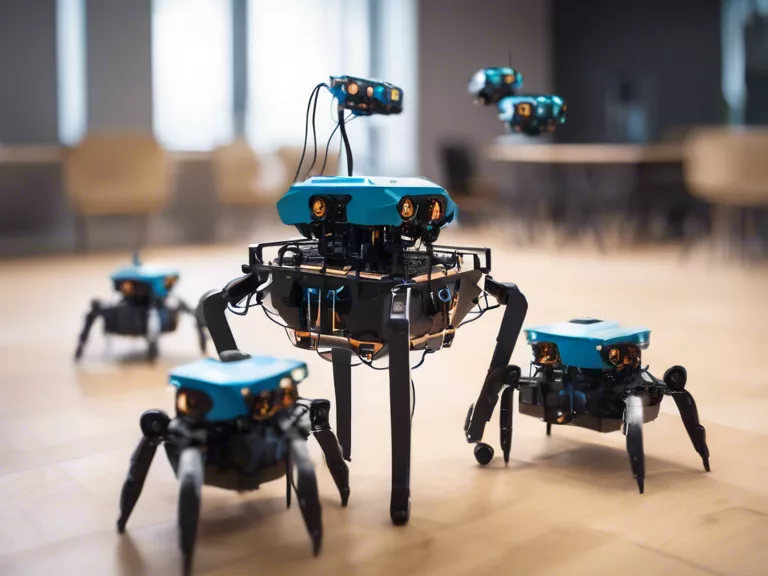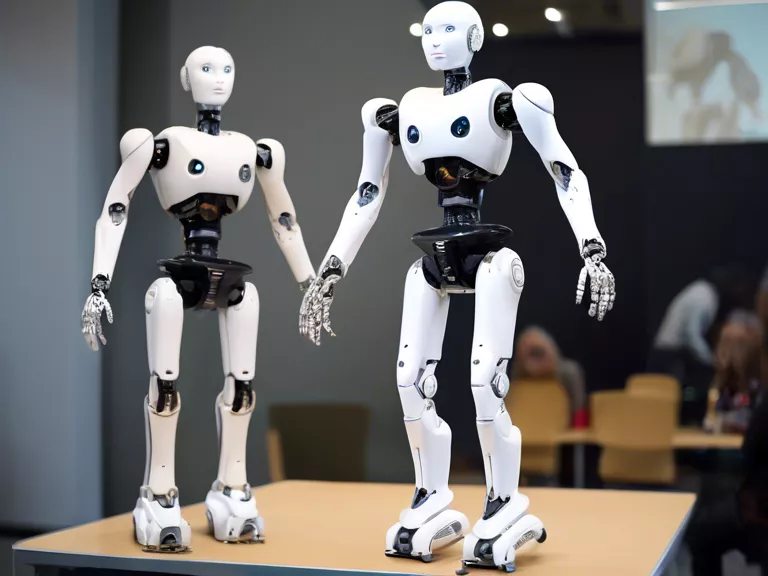
How AI is Transforming the Use of Robotics in Hazardous Environments
In recent years, the combination of Artificial Intelligence (AI) and robotics has shown great potential in revolutionizing the way hazardous environments are navigated and managed. From dangerous construction sites to nuclear reactors, the integration of AI technologies into robotics has opened up new possibilities for ensuring the safety of workers and maximizing efficiency in these high-risk settings.
One of the key ways in which AI is transforming the use of robotics in hazardous environments is through autonomous navigation. Traditionally, robots used in hazardous environments were either remotely controlled by humans or operated through pre-programmed paths. However, with AI algorithms, robots can now make real-time decisions and adapt to changing conditions on the fly. This has proven to be invaluable in situations where human intervention is limited or too risky.
Another important application of AI in hazardous environments is predictive maintenance. By analyzing data collected by sensors on robotic systems, AI algorithms can identify potential issues before they occur, allowing for preemptive maintenance and minimizing the risk of equipment failure in dangerous environments. This not only improves the safety of workers but also reduces downtime and maintenance costs.
Furthermore, AI technologies have enabled robots to perform complex tasks with greater precision and accuracy in hazardous environments. Whether it's inspecting pipelines in oil refineries or handling radioactive materials in nuclear facilities, AI-powered robots can accomplish tasks that would be too hazardous or difficult for humans to do safely. This not only enhances efficiency but also ensures that critical operations are carried out with the highest level of precision.
In conclusion, the integration of AI into robotics has the potential to revolutionize the way hazardous environments are managed and navigated. With advancements in autonomous navigation, predictive maintenance, and task performance, AI-powered robots are transforming the way we approach safety and efficiency in high-risk settings. As these technologies continue to evolve, we can expect to see even greater improvements in the safety and productivity of workers in hazardous environments.



